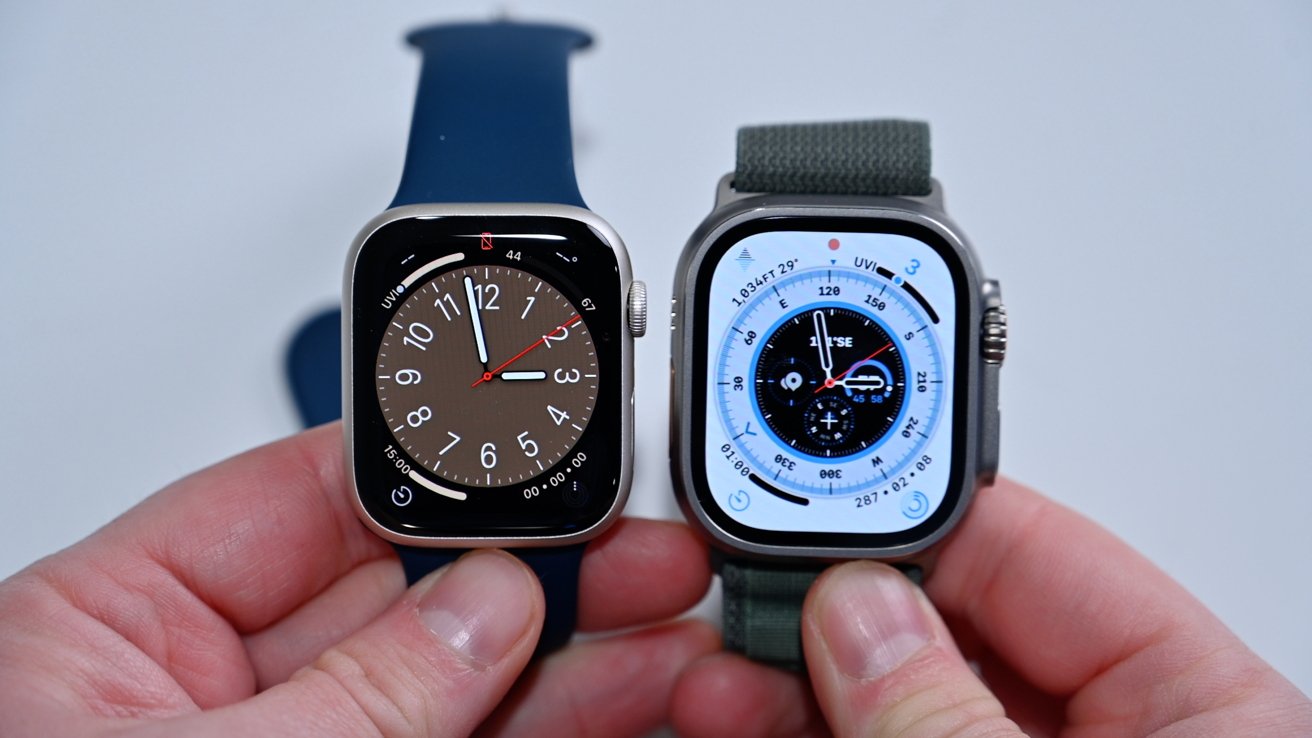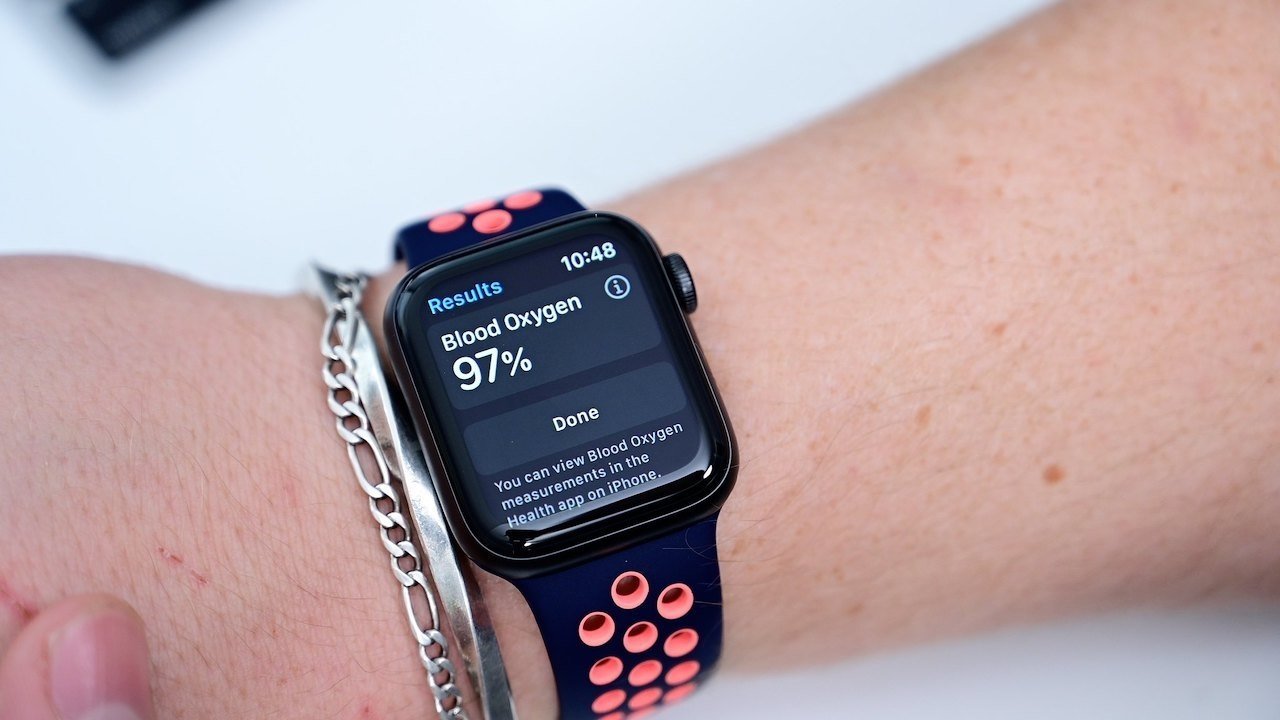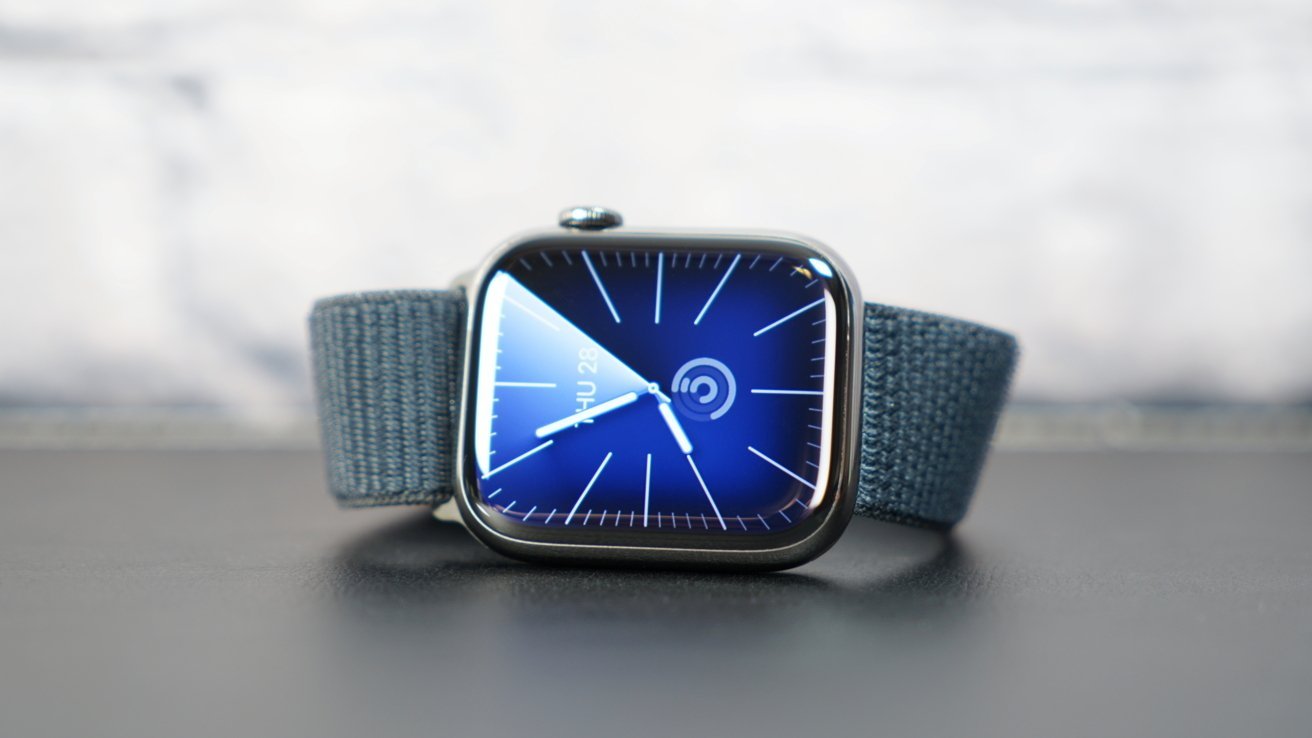The U.S. sales and import ban on the Apple Watch started but was swiftly stopped. Here's what you need to know about the ban and Apple's reprieve, as of December 27, 2023.
Following a recommendation by the US International Trade Commission (ITC) to instigate an Apple Watch import ban in the United States in late October, the Biden administration let its 60-day review window elapse on December 25, and allowed the Apple Watch import ban to go ahead. After two days where the import and sale of a number of Apple Watch models were restricted in the United States, the ban has been temporarily lifted.
On December 18, Apple said it would pre-emptively stop sales of the Apple Watch Series 9 and Apple Watch Ultra 2 in the United States, as a just-in-case measure to comply with the ban if it were to go through. Apple ceased sales of the two models from December 21 online, and December 24 in brick and mortar Apple Store locations.
With the ban in place, Apple was legally prohibited from importing the device, and restarting sales, until it won an appeal on December 27 that halted the ban on an interim basis.
Apple Watch import ban: the story so far
Medical company Masimo filed a lawsuit with the U.S. District Court in 2020, claiming Apple stole trade secrets and violated patents with the blood pulse oximeter in the Apple Watch. This was followed up by a U.S. International Trade Commission filing in 2021.
Masimo accused Apple of unfairly copying the blood oxygen sensing feature of its products.
It was also reasoned by Masimo that the U.S. public would not be affected by an Apple Watch import ban as the sensor isn't "essential to the public health or welfare." This was due to Apple's warnings in fine print that the measurements from the sensor "should not be relied upon for medical purposes," Masimo declared.
Though the District Court trial ended in a mistrial and didn't resume, the ITC did rule in favor of Masimo in January.
On October 26, the ITC issued its order that would bar Apple from importing any Apple Watch models that violated Masimo's patents, following a full review. That decision then triggered the 60-day review period for the White House.
"Masimo has wrongly attempted to use the ITC to keep a potentially lifesaving product from millions of U.S. consumers while making way for their own watch that copies Apple," an Apple spokesperson said. "While today's decision has no immediate impact on sales of Apple Watch, we believe it should be reversed, and will continue our efforts to appeal."
On December 18, Apple said it would pre-emptively halt sales of the Apple Watch Series 9 and Apple Watch Ultra 2 in the United States. Online sales halted on December 21, while Apple Store sales paused on December 24.
Meanwhile, Apple tried to appeal for a stay of execution, but on December 20, the ITC denied a motion to block the ban until after its appeals ran out.
While the White House confirmed on December 19 it was tracking the potential ban, it ultimately didn't step in, and allowed the ITC ban to commence as ordered on December 25.
On December 27, a report revealed that the entire affair may have been caused by lawyers for Masimo discovering an early-morning email to Tim Cook in 2013, from a former Masimo-affiliated scientist. The email triggered Apple hiring Marcelo Lamego from Cercacor Laboratories, the sister company of Masimo.
Lamego was let go within months of his hiring, with Apple citing a lack of fit with the company, such as clashing with managers and demanding million-dollar budgets. Masimo believes that Lamego gained knowledge about the blood-oxygen sensing technology in his employment with Ceracor, and Apple got rid of Lamego once it had gained his knowledge.
Apple previously testified that the blood-oxygen feature's development didn't actually start until months after Lamego's departure.
Later on December 27, the U.S. Court of Appeals for the Federal Circuit responded by granting Apple's motion to stay the ITC import and sales ban on a temporary basis. The motion temporarily halts the ban until the Appeals Court makes a full ruling on the infringement case, giving Apple a reprieve that could last weeks or even months.
What an Apple Watch import ban means for consumers
When the Apple Watch import ban was implemented, the selection of Apple Watch models U.S. consumers could buy suddenly got a lot smaller.
The Apple Watch import ban only impacted models that allegedly infringe on the patent, which includes the Apple Watch Series 6 and later models. Earlier models and the Apple Watch SE do not offer the feature and were not affected.
Under the ITC order, the ban only applied to the affected Apple Watch models that were set to be imported or sold by Apple from December 25. New units bought before the Apple Watch import ban's implementation were legal to use by consumers.
Apple's warranties were also operating as normal, so any purchased devices within warranty could still have been serviced by the company. Service replacements wouldn't have been offered for out-of-warranty devices under the import ban.
Consumers in other territories not affected by the ITC, namely everywhere else except the United States, didn't feel the effects of the ban at all, and won't after its reintroduction.
Apple Watch import ban: What happens next
The 60-day decision period from the White House did not guarantee an Apple Watch import ban would actually take place, but ultimately it did.
With the import and sales ban in effect, Apple could not sell newer models of the Apple Watch that allegedly infringe on Masimo's patents, until the ban was lifted in some fashion.
If left uncontested, the Apple Watch import ban could've theoretically lasted until the patent itself expires in August 2028.
Apple was not able to appeal the ban itself during the 60-day White House review window, but it did attempt to pause the ban until all appeals concluded. The ITC denied the motion on December 20.
On December 26, the day after the 60-day window concluded and with the ban in place, Apple was allowed to file its "emergency motion" to appeal the import ban. Apple claimed the "immediate interim stay" motion was needed due to the "irreparable harm" the ban will do to its business, and because the ITC has said it will require over two weeks to respond to the appeal itself.
That appeal worked, and Apple is able to restart imports and sales of the affected Apple Watch models in the United States. At least until the Appeals Court issues a full ruling.
What else Apple can do
As it has done in the past for other import or sales bans, Apple appealed, and it succeeded With the United States being such a major market, it has a vested interest to do just that.
However, since this can be a lengthy and expensive process to actually complete the legal journey, and with no guarantee that the ban won't return once the Appeals Court issues its full verdict, Apple may not necessarily want to leave the U.S. as the only market it cannot sell the Apple Watch within.
It may turn to other ways to get around the ban, by changing the Apple Watch itself.
Rather than keep the feature in its current state, Apple could remove it from future models. If there's no infringing component inside the Apple Watch, it isn't affected by the import ban, much like the Apple Watch SE.
This is an expensive and time-consuming way to go, since it would require hardware design changes that affects the massive supply chain Apple employs.
There's also the possibility to work around a reintroduced ban by disabling the feature in software, with the argument that if the components aren't used by watchOS at all. While there is a chance this could satisfy U.S. Customs, Masimo insists that the patent violations can only be resolved by hardware alterations.
Apple could also come up with an alternate way to perform the function in future Apple Watch models, though that will increase research and development costs. It may also take too long to perform and actually implement by the next generation, compared to fighting the legal battle head-on.
There is another way to proceed, but it would require Apple to not only incur costs, but also swallow its pride.
On December 19, before the ban took place, Masimo CEO Joe Kiani claimed the company was open to a settlement with Apple, and that Masimop would "work with them to improve their product. However, Kiani claims Apple hasn't "called" to make one, and hasn't hinted as to how much that settlement could be.
Settling with Masimo could be the quickest way to a full resolution for Apple, but only if the settlement isn't too expensive. Or at least isn't that much more costly than continuing the legal wrangling, engineering workarounds, and making changes to its production processes.
 Malcolm Owen
Malcolm Owen









-m.jpg)






 Brian Patterson
Brian Patterson
 Charles Martin
Charles Martin



 William Gallagher
William Gallagher
 Christine McKee
Christine McKee
 Marko Zivkovic
Marko Zivkovic









45 Comments
Watch out! Or Watch in? That is the question.
Why doesn’t Apple just purchase that pesky company, Masimo? Problem solved👍.